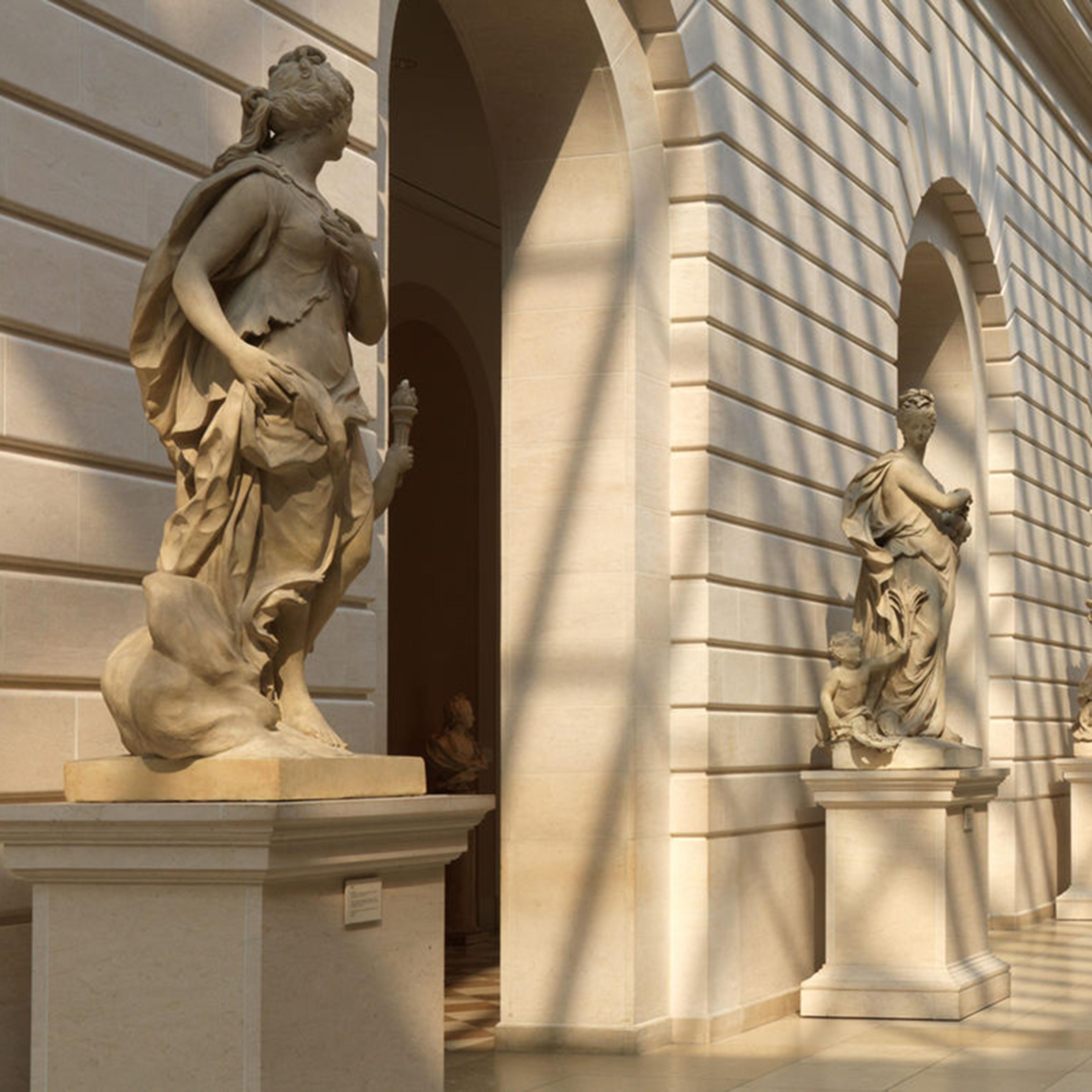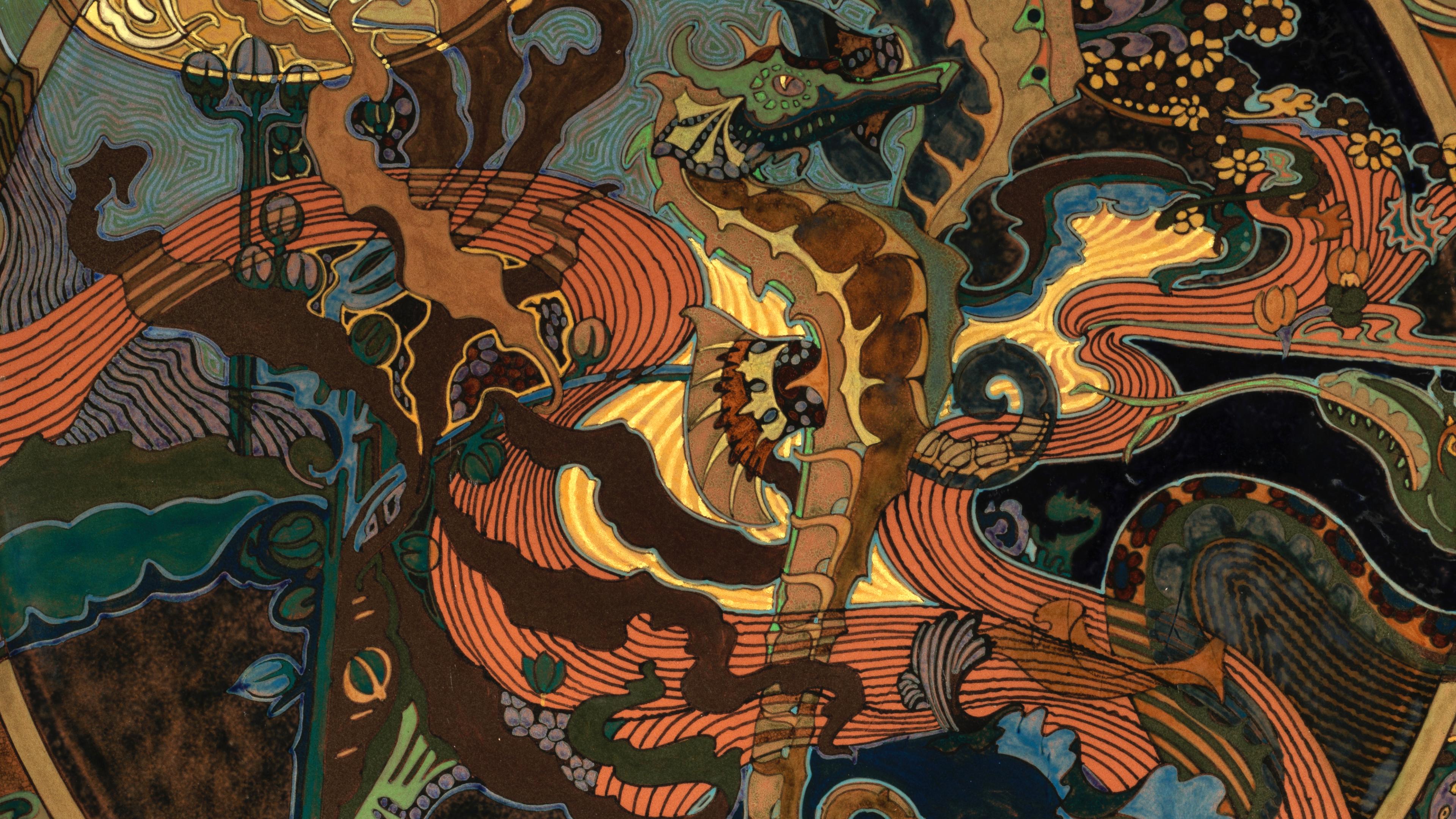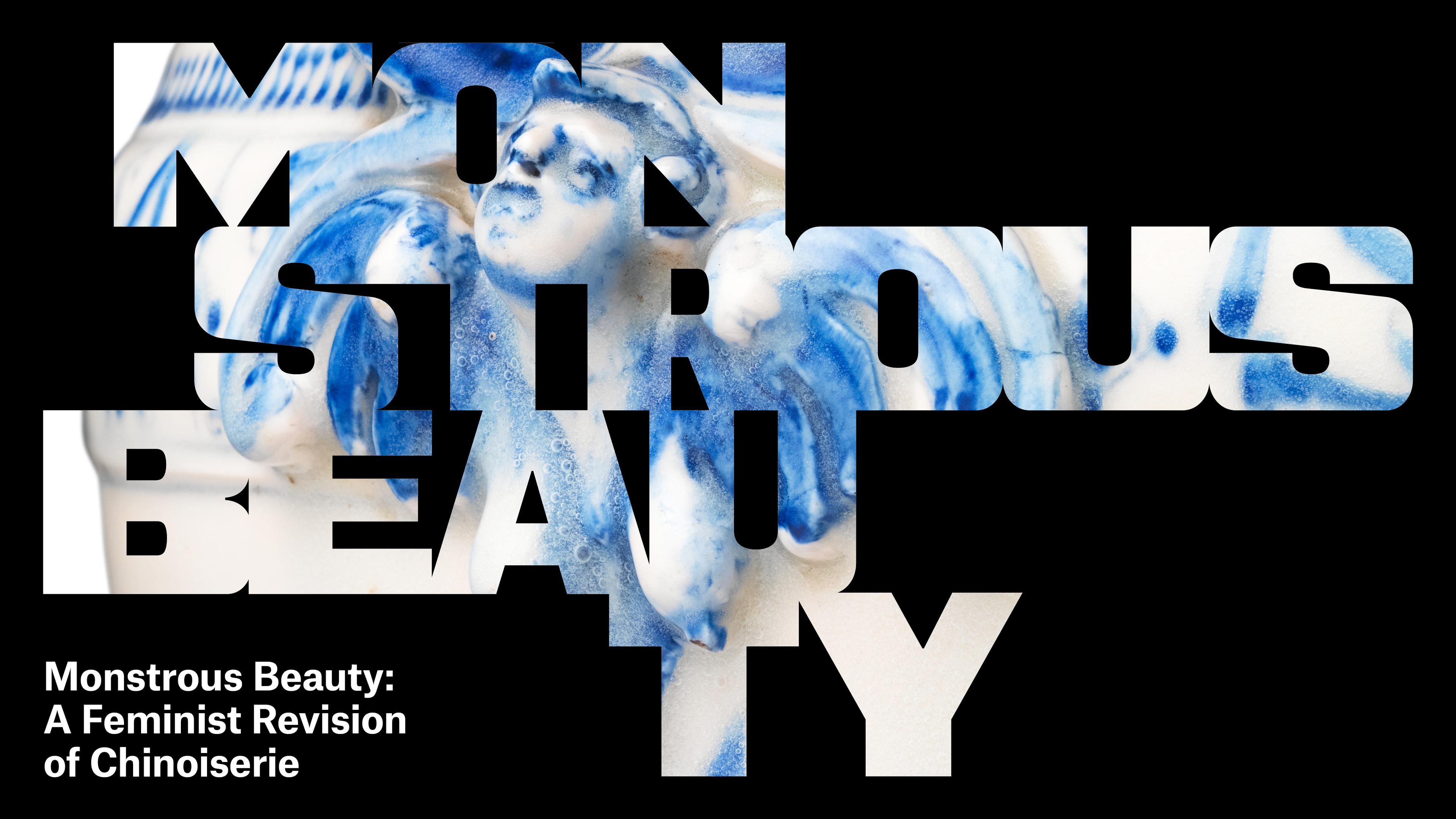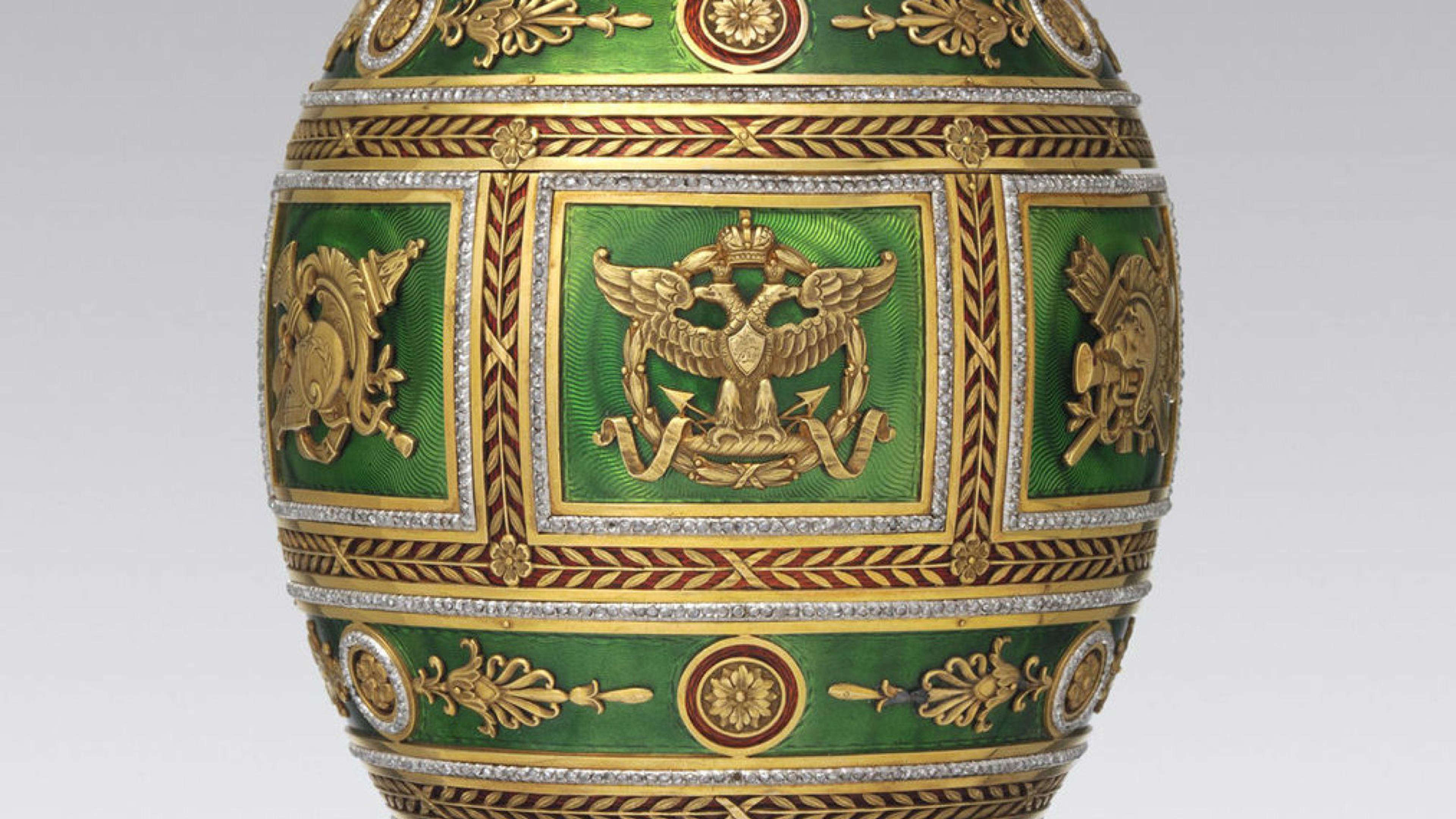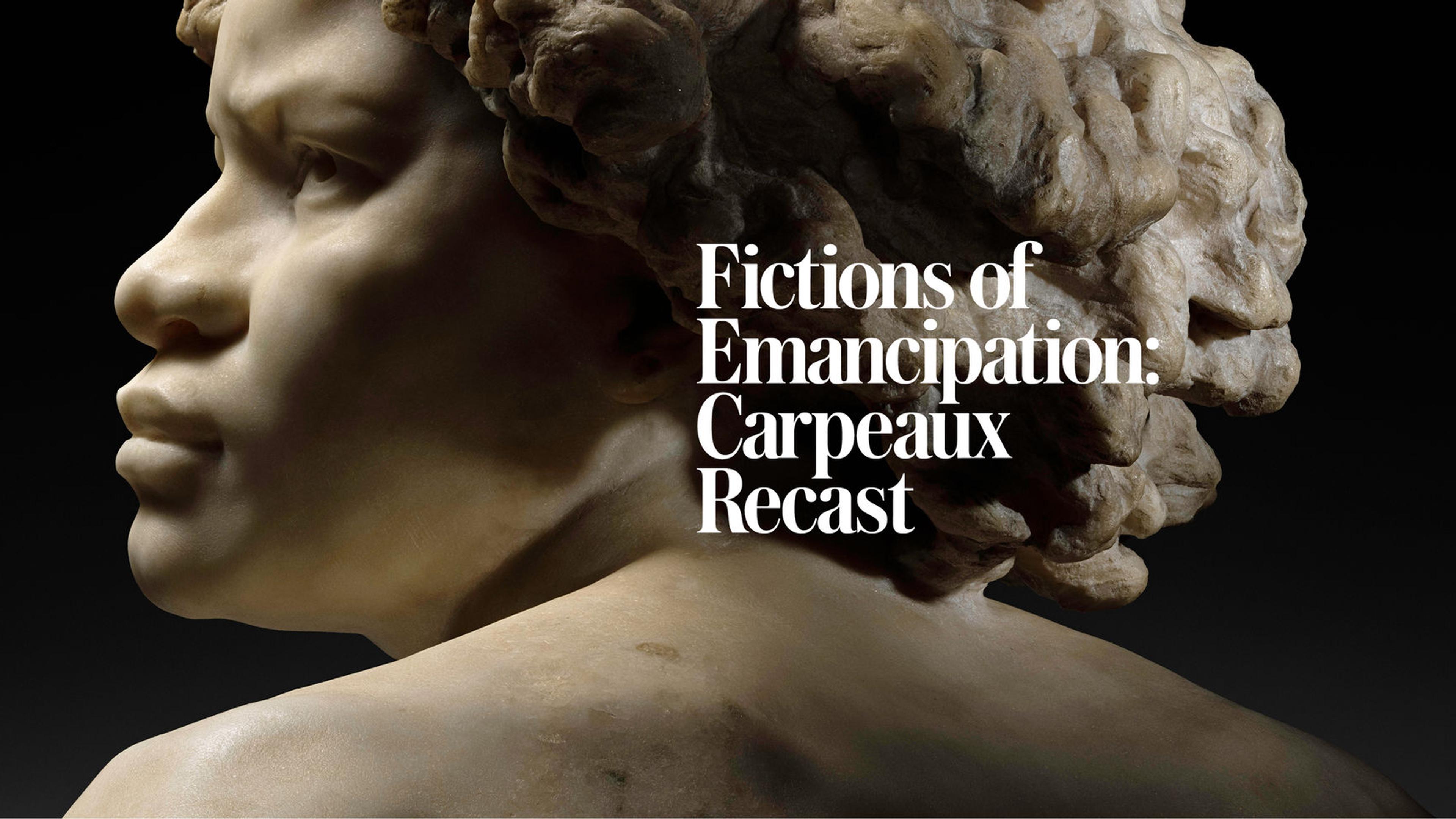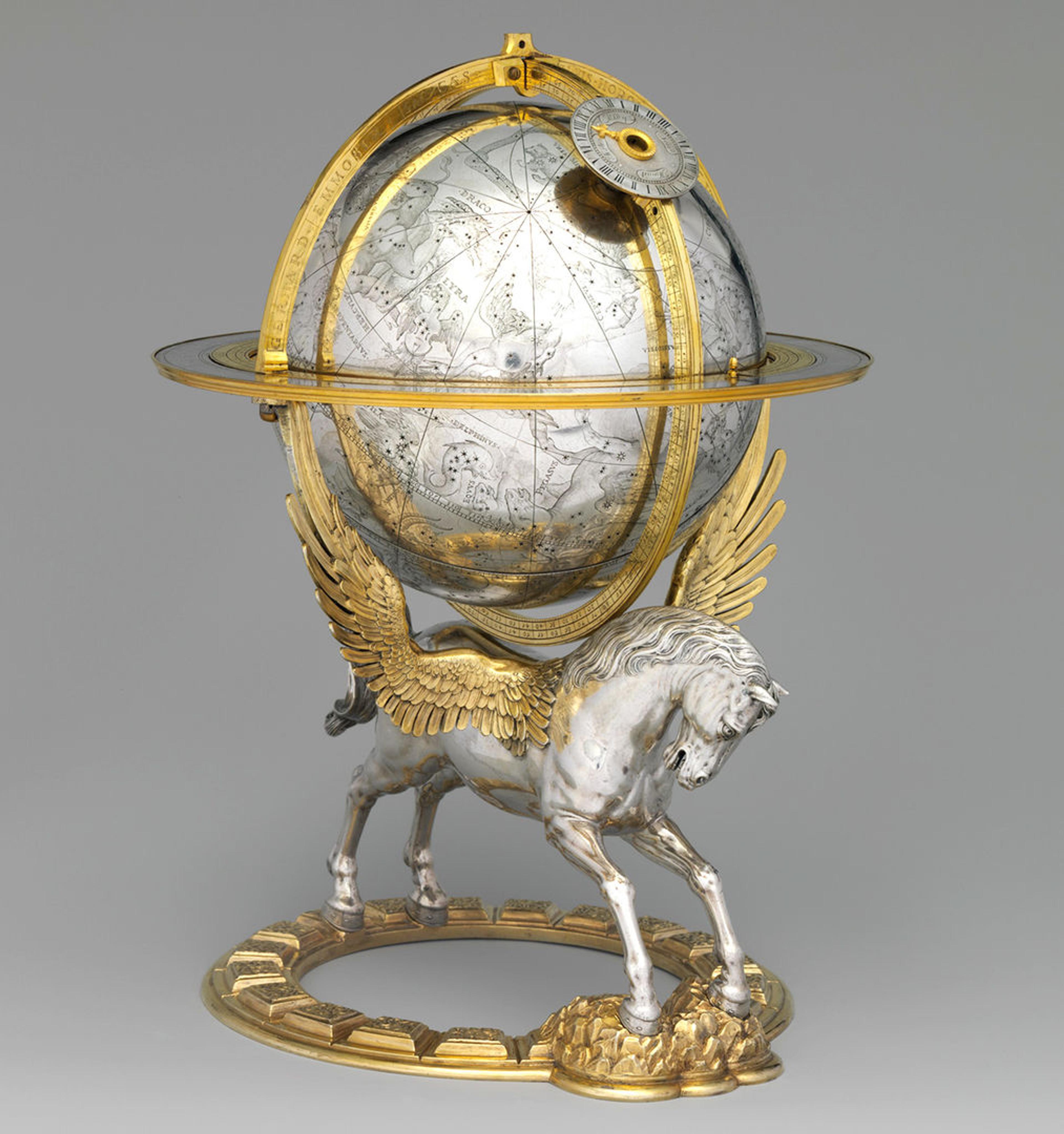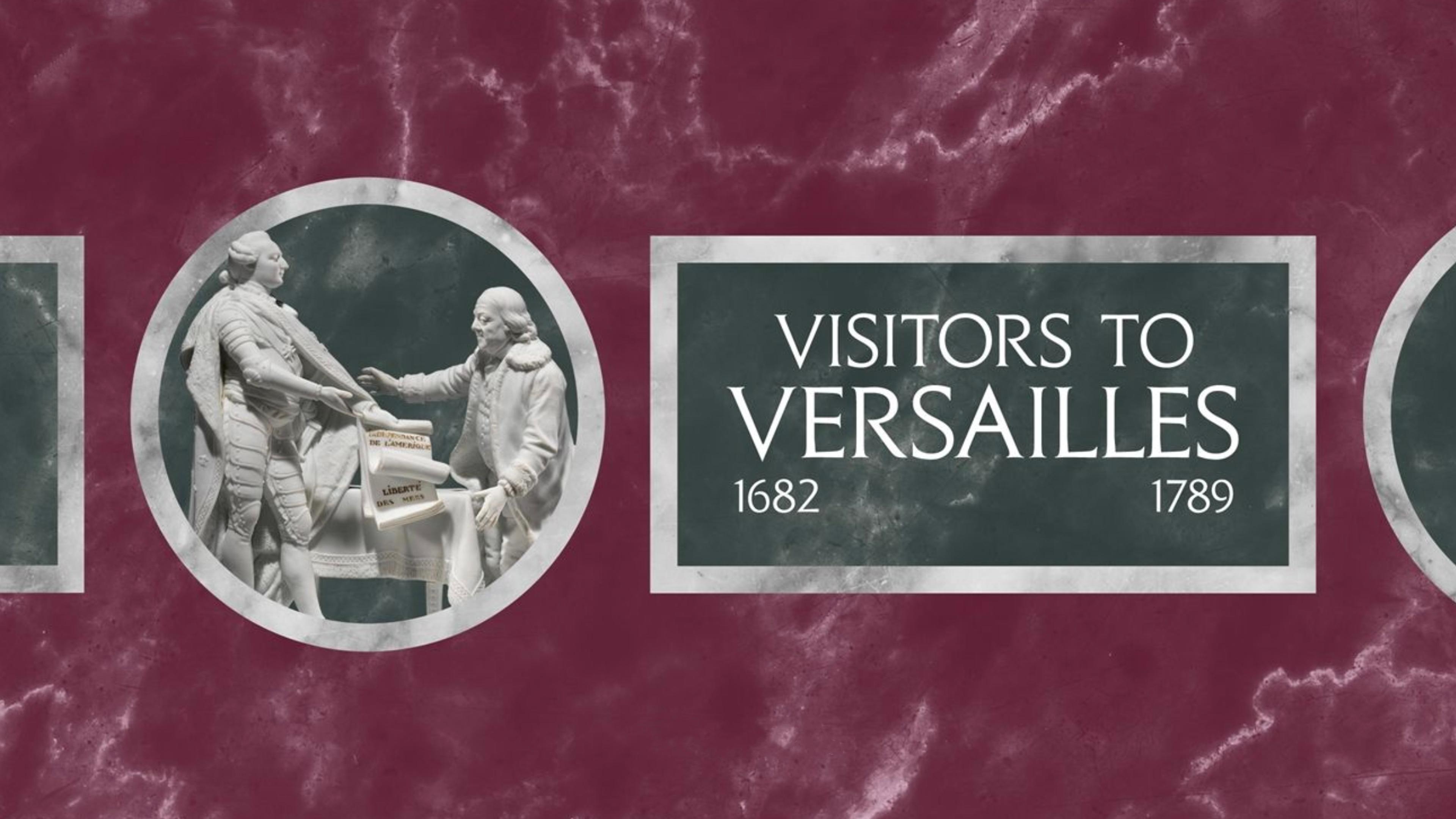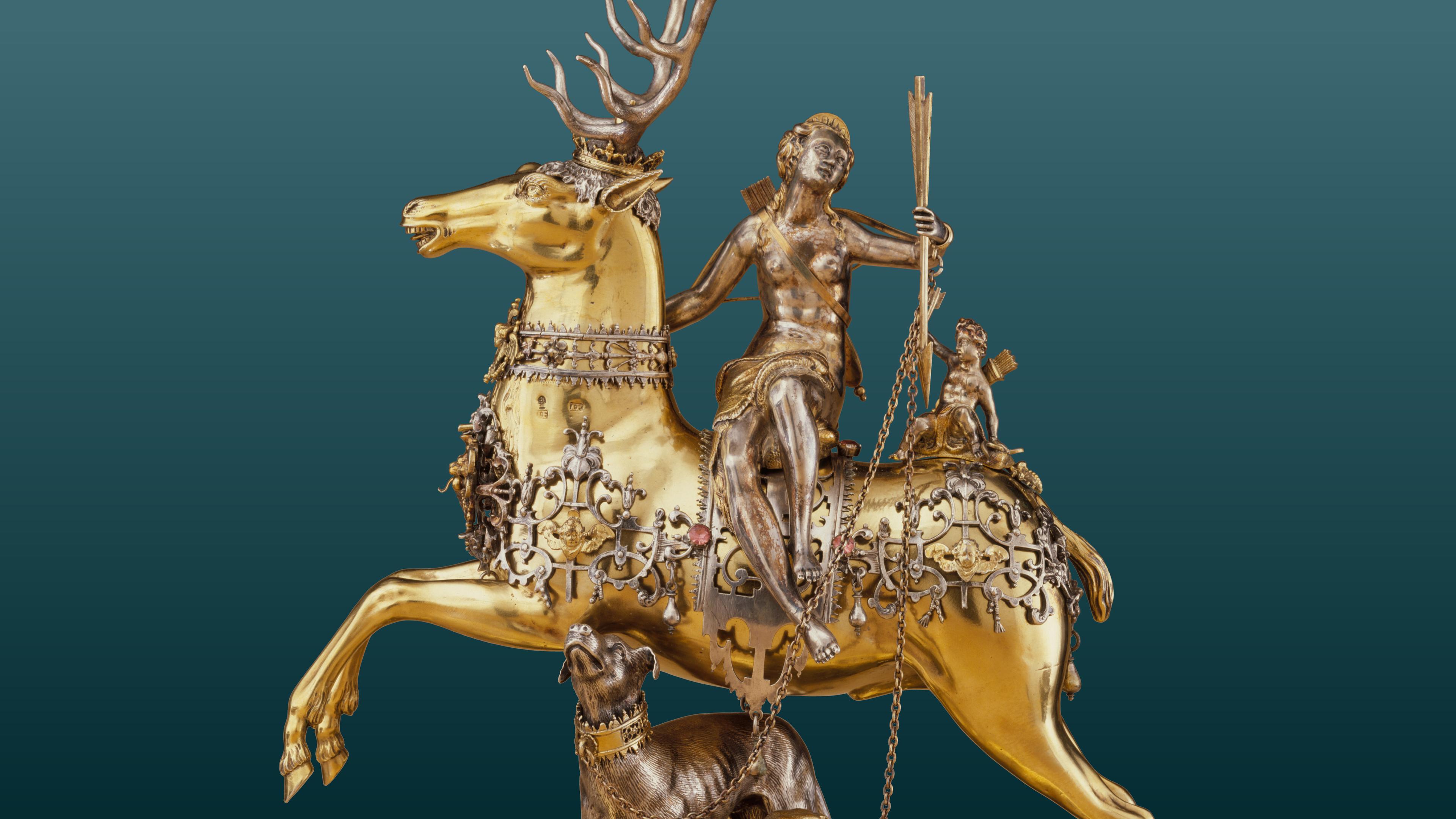
European Sculpture and Decorative Arts
About Us
The Department of European Sculpture and Decorative Arts (ESDA) is responsible for more than sixty thousand works forming The Met’s expansive and historically significant collection of European sculpture and decorative arts. These objects, made for and by Europeans, reflect the artistic innovations, stylistic developments, global commerce, cultural exchanges, and collecting practices in Europe from the late fifteenth through the early twentieth centuries. Highlights include sculpture in various dimensions and mediums, woodwork and furniture, ceramics and glass, metalwork, goldsmiths work and jewelry, tapestries and textiles, horology and scientific instruments. Objects range from domestic to devotional, functional to decorative, and scientific to whimsical. Together, they tell a history of design innovation as Europeans responded to artistic stimuli imported from around the globe, pushing and probing the capabilities of their media and materials to create works of breath-taking virtuosity, awe-inspiring scale, or extraordinary intricacy.
Established in 1907, the Department of European Sculpture and Decorative Arts is among The Met’s oldest. As the first object-based curatorial department of its kind in the United States, ESDA was a model for the development of museum collections across America. The Department of Decorative Arts (as it was then called) was created as the result of J. Piermont Morgan’s monumental gift of the Hoentschel collection of French seventeenth- and eighteenth-century paneling, furniture, decorative paintings, and gilt-bronze mounts. Over the course of 60 years, the Department of Decorative Arts’ ever-evolving depositories generated the Departments of Arms and Armor (1912), Far Eastern Art (1915), Near Eastern Art (1932), Medieval Art (1934), American Art (1934), and Modern and Contemporary Art (1967). Throughout this period, the scope of the department’s collections expanded and was refined. As the collection grew, the department’s name changed from the Department of Decorative Arts to the Department of Renaissance and Modern Art (1934), Renaissance and Post-Renaissance Art (1956), Western European Arts (1961), and, finally, the Department of European Sculpture and Decorative Arts (1977-Present).
A “collection of collections,” ESDA owes its distinctive character to its visionary patrons and donors whose support has been fundamental in establishing the department as a world-class collection. As a result of the generosity of Charles and Jayne Wrightsman from the 1950’s onward, The Met’s collection of French decorative arts is unsurpassed by any outside of France. Iris and B. Gerald Cantor’s passion for Rodin in the late twentieth century led to gifts of his sculptures and the endowment of galleries across the Museum. This exceptional tradition of patron engagement continues to this day. Since its establishment in 2007, Jayne Wrightsman’s fund to support exhibitions in the Wrightsman Exhibitions Gallery has resulted in engaging installations accompanied by scholarly publications. Dick Wolf’s 2023 gift includes a substantial fund for the improvement of the department’s galleries as well as a promised gift of works of art that will enliven and enrich our spaces for years to come. The Anna-Maria and Stephen Kellen Foundation promoted a keen interest in acquisitions, exhibitions, and scholarship, which is continued through the dedicated support of Marina Kellen French to improve our spaces and support key acquisitions into the future.
The Department of European Sculpture and Decorative Arts oversees fifty-five galleries throughout the Museum (Galleries 500-556). Mainly located on the first floor, many of the galleries are enclosed medium-sized spaces that feature mixed displays of sculpture and decorative arts organized by region and date. Other galleries are expansive environments such as the sky-lit, luminous Petrie Court housing monumental figurative sculpture of the seventeenth through nineteenth centuries, and the arcaded courtyard from the Castle of Velèz Blanco, a jewel of Spanish sixteenth century architecture, in which is displayed large-scale sixteenth century sculptures. Historic interiors such as the Gubbio Studiolo and Swiss Room remain fixed in time, but most of ESDA’s other spaces are changed to enhance the visitor’s experience and to encourage their interaction with the collection in diverse, meaningful ways. When visiting ESDA’s galleries, one can expect to encounter a combination of rotating exhibitions, permanent installations, and period rooms.
Our period rooms are immersive spaces that combine architectural elements, furniture, and decorative objects to create interiors that suggest a particular time period, among the most popular are the suite of Wrightsman Galleries featuring the French eighteenth century. While some of ESDA’s period rooms, like the Bedroom from the Sagredo Palace in Venice, ca. 1718 (Gallery 507), strive to present a historically accurate space, others, like (Gallery 508), reject the notion of a single historical past and embrace the concept that connect the past, present, and future.
The department has newly redesigned galleries with thematic features inspired by the objects within them. In Layered Narratives: The Northern Renaissance Gallery (Gallery 520), the south wall contains an array of mounted stained-glass panels conjuring visions of sacred spaces, while the north wall suggests a “Kunstkammer” display like those assembled by sixteenth- and seventeenth-century collectors. Intimate encounters with the objects evoke visions of religious devotion, playful socialization, careful study, and refined collecting.
Likewise, the Annie Laurie Aitken Galleries for British Decorative Arts (Galleries 509-516) reflect the visual exuberance, complex history, and bold entrepreneurial spirit characterizing British art and design from 1500 to 1900. This re-imagined suite of ten galleries boasts three beautifully restored historic interiors, two twelve-foot-tall glass displays with one hundred English teapots, the seventeenth-century staircase from Cassiobury Park with naturalistic carvings, and an extraordinary array of eighteenth-century novel consumer items such as enameled candlesticks, silver toys, nécessaires, and gold boxes.
Visitors will also encounter a number of rotating exhibitions within the ESDA galleries. The Wrightsman Exhibition Gallery (Gallery 521) offers fresh perspectives on the department’s collection. Updated every few months, ESDA’s “Case Study” vitrine in Gallery 556 highlights recent acquisitions and curatorial research.
In addition to frequent display rotations of textiles on view throughout our galleries, ESDA’s almost 17,000 post-medieval European textiles– tapestries, lace, woven silks and velvets, needlework, printed cottons– and apparel– from sacred vestments to regional dress spanning the continent– are stored and accessible for study in The Met’s Antonio Ratti Textile Center and Reference Library.
While the majority of the department’s holdings on display are in Galleries 500-556, some works are installed throughout the Museum, in dialogue with artworks in the galleries associated with the departments of Modern and Contemporary Art, European Paintings, American Art, Asian Art, Arms and Armor, Medieval Art, Musical Instruments, and Islamic Art.
Art
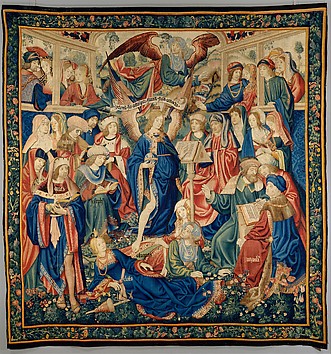
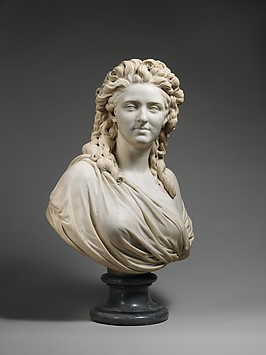
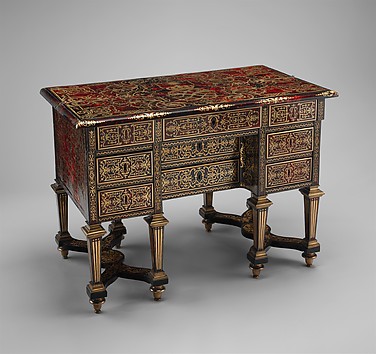

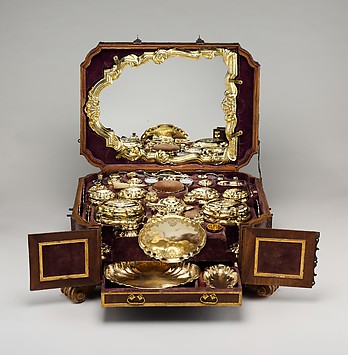
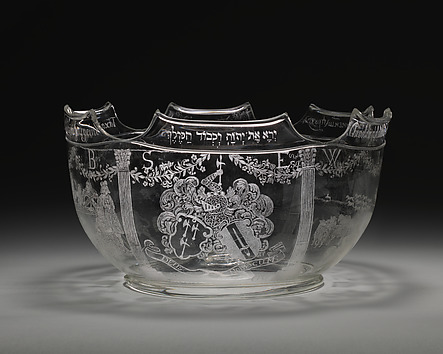
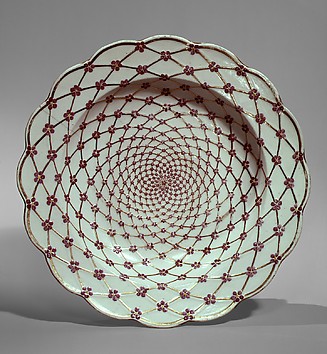
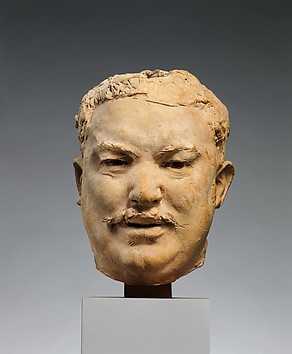
Articles, Audio, and Video
Featured
The Latest
Research
Antonio Ratti Textile Center provides the environmental conditions necessary for the long-term preservation of textile works of art at The Met, as well as study and research facilities for Museum staff and the general public.
Exhibitions
Press the down key to skip to the last item.
